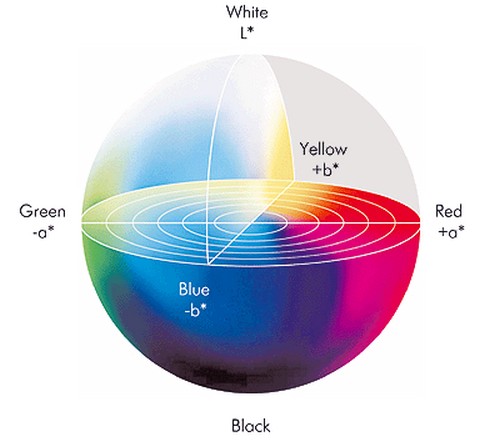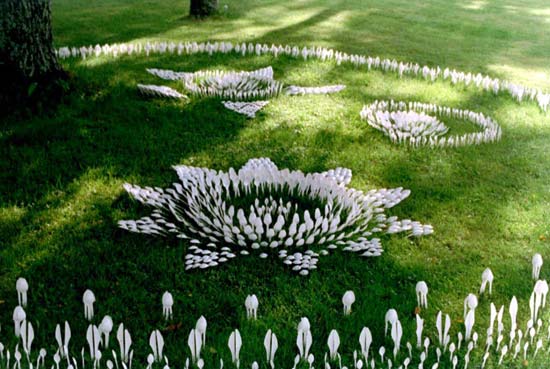Although the human eye is a perfect data transmission system, it is not able to give an accurate description of color. For this, additional physical tools are needed that will describe exactly the quantitative assessment of the main parameters of color samples. In this case, colorimetry helps – the science of measuring and quantifying color. Visual and photoelectric colorimeters, color comparators, spectrophotometers – devices for studying color. They are used in all kinds of areas of human activity. For example, light industry, geology, heterogeneous design, etc.
The eye can distinguish using instruments up to 13 thousand shades and about 200 tones without them. As progress grows exponentially, a clear system was needed to group colors. That is what colorimetry does.

Nowadays, there are several color systems – CIE, RGB, CMYK, TGL, NCS, HLS, YIQ and others. The basis of each – atlas. Some reproduce more than 20,000 shades. It serves as the most important tool that brings order to the manufacture of coloring compounds. Each of them is obtained by mixing among themselves the main purest chromatic pigments. In addition, black or white pigments are added to them to darken or lighten. Thus, each new shade gets its own personal number. Moreover, its other characteristics are also used. As a result, manufacturers are pursuing an accurate formulation for the preparation of coloring compounds. Subsequently, the manufacturer can accurately reproduce the desired shade for the customer. In colorimetry, such “coordinates” of tone are used:
- Color tone – measured by the wavelength of radiation prevailing in the spectrum of a given color
- Lightness – measured by the number of thresholds for distinguishing from a given color to black
- Relative brightness – the ratio of the magnitude of the flux reflected from a given surface to the magnitude of the flux incident on it (reflection coefficient)
- Saturation – the degree to which chromatic color differs from achromatic equal in lightness, measured by the number of discrimination thresholds from a given color to chromatic
- Purity is the fraction of pure spectral in the total brightness of a given color.
Color mixing processes
The first process provides for such subspecies:
- Spatial addition – the combination in one space of differently colored light rays. For example, different lighting – theatrical, circus.
- Optical addition – for example, a picture is drawn with small color strokes, and a person sees only the total image of color
- Temporary addition – colors mix into one with sharp movements – turn the globe and see for yourself
- Binocular addition – we observe with glasses with multi-colored lenses
The second color mixing process is a subtractive or subtractive mixing. Its essence is the partial absorption of colored rays from the light flux. It is present in almost every material body. Its main law is that any chromatic body reflects either, transmits rays of its own color and absorbs a color that is complementary to its own.
For convenience, catalogs, reference scales, color books, color fans, color libraries are created that help to select and create harmonious color combinations in all kinds of human areas. For example, you can build a color library yourself. For her fit clippings from magazines, photographs.








